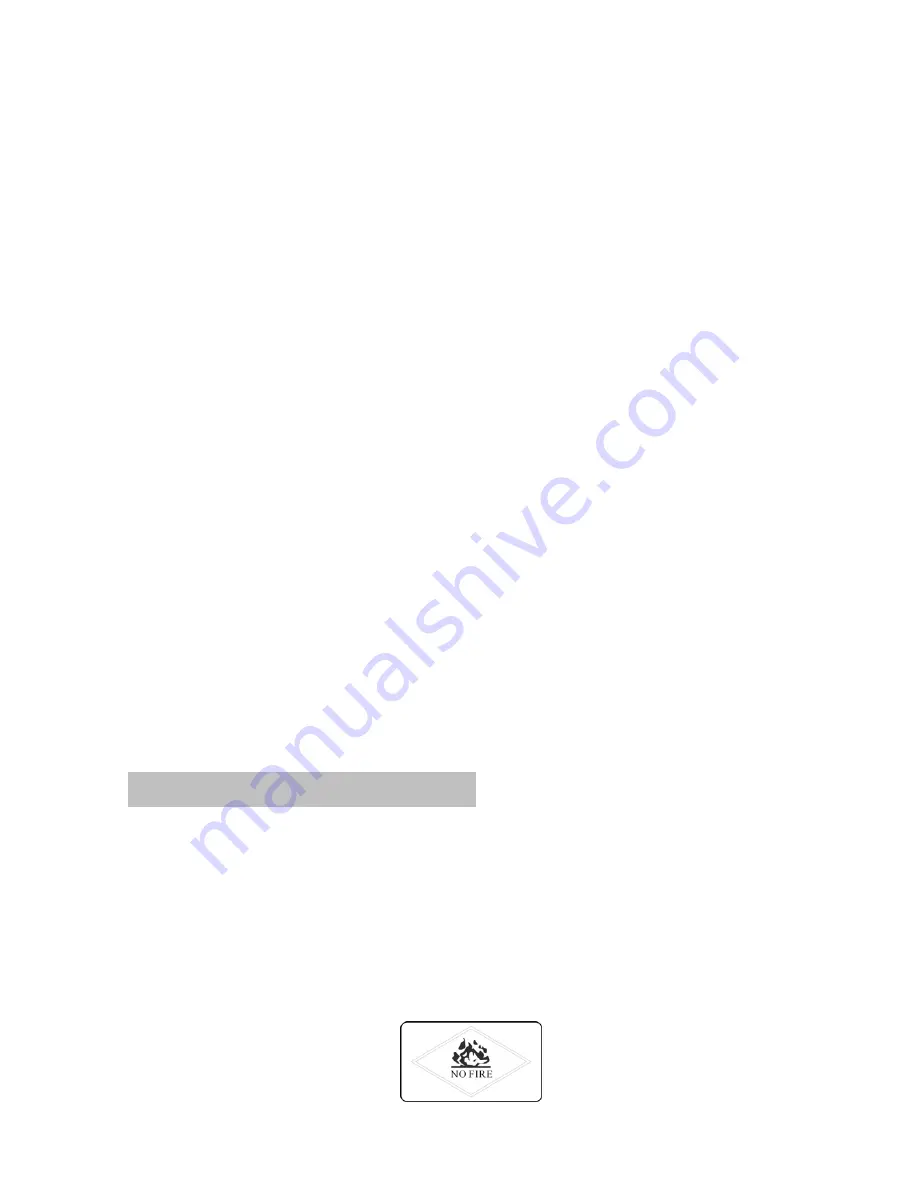
4
2.
Observe work area conditions. Do not use machines or power tools in damp or wet locations. Don’t
expose to rain. Keep work area well lighted. Do not use electrically powered tools in the presence of
flammable gases or liquids.
3.
Keep children away. Children must never be allowed in the work area. Do not let them handle machines,
tools or extension cords.
4.
Store idle equipment. When not in use, tools must be stored in a dry location to inhibit rust. Always lock
up tools and keep out of reach of children.
5.
Avoid Unintentional Starting. Be sure the air pressure is in the off position when not in use and before
making hose connection.
6.
Stay alert. Watch what you are doing, use common sense. Do not operate any tool when you are tired.
7.
Check for damaged parts. Before using any tool, any part that appears damaged should be carefully
checked to determine that it would operate properly and perform its intended function. Check for
alignment and binding of moving parts; any broken parts or mounting fixtures; and any other condition
that may affect proper operation. Any part that is damaged should be properly repaired or replaced by
a qualified technician. Do not use the tool if any control or switch does not operate properly.
8.
Replacement parts and accessories. When servicing, use only identical replacement parts. Use of any
other parts will void the warranty. Only use accessories intended for use with this tool.
9.
Do not operate tool if under the influence of alcohol or drugs. Read warning labels if taking prescription
medicine to determine if your judgment or reflexes are impaired while taking drugs. If there is any
doubt, do not operate the tool.
10.
Maintenance. For your safety, service and maintenance should be performed regularly by a qualified
technician.
Note: Performance of this tool may vary depending on variations in air pressure and compressor capacity.
Specific safety rules for this product
This equipment is designed be operated by qualified personnel. It should only be operated after reading and
understanding the safety warnings and operating procedures in this instruction manual.
1.
Do not smoke near this equipment.
2.
Use in a well ventilated area.
3.
When leaks are found in the equipment or hoses, immediately turn the air pressure off and repair the leaks.
4.
Do not exceed the recommended operating air pressure. This could damage equipment.
5.
Keep a type ABC fire extinguisher nearby in case of fires.



























